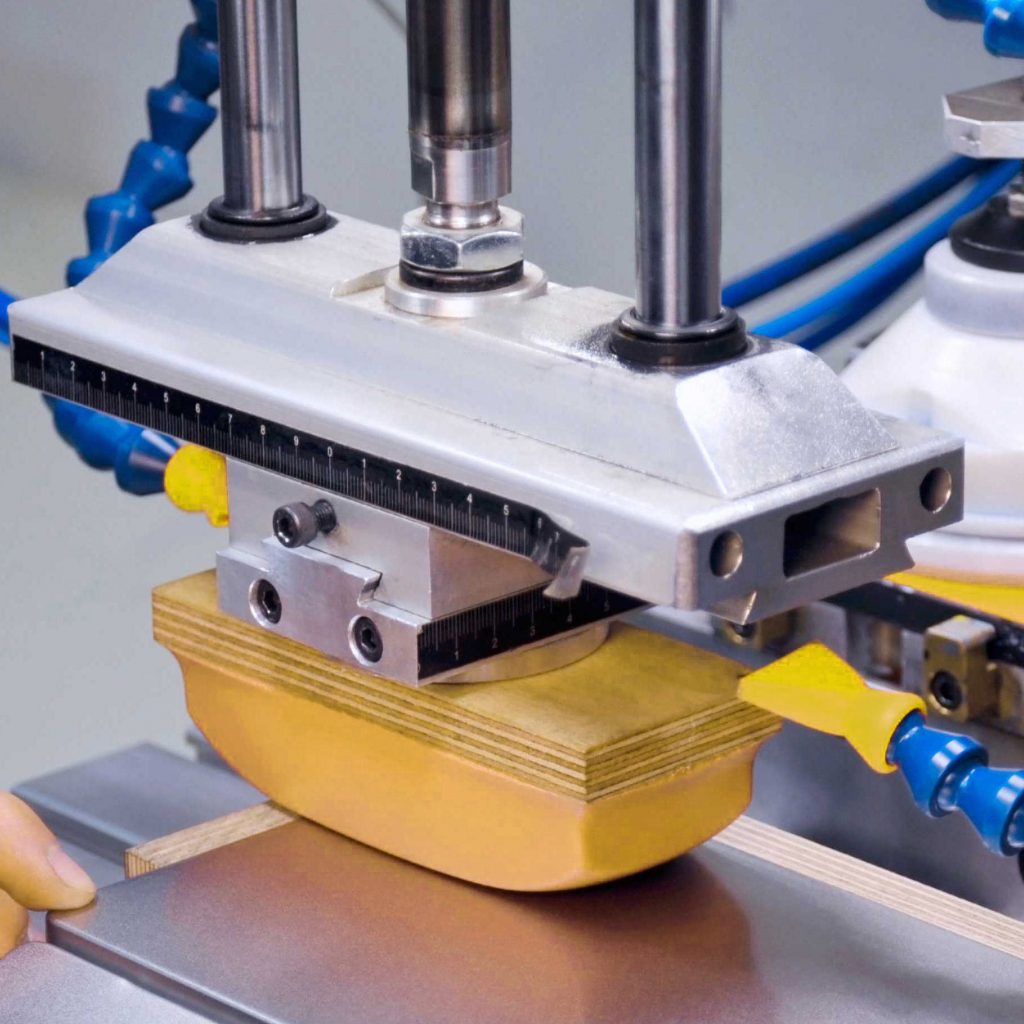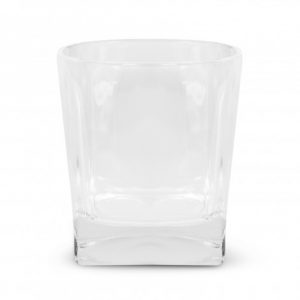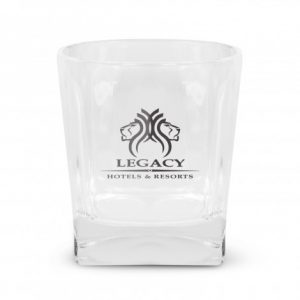Pad printing uses a silicone pad to transfer an image to a product from a laser etched printing plate. It is one of the most practical and popular ways of branding promotional products due to its ability to reproduce images on uneven or curved surfaces and print multiple colours in a single pass. Pad printing is a popular way to decorate promotional items as it is low in cost and allows for branding of colour.
The Process
Pad printing uses the silicone pad to transfer an image onto the item. The machine holds the product steady and presses it into an ink plate before it's stamped by the pad. Pad printing can successfully decorate three-dimensional parts because while transferring the image to the part, the silicone pad wraps around or adapts to the shape of the part without distorting the image, given some image size restrictions. Extremely fine detail and tight multicolor registration are readily achievable with pad printing.
TECHNIQUE: Pad Print
TURNAROUND: 3-5 days

Advantages
• Ideal for printing on curved or uneven products.
• Close PMS matches are possible on white or light coloured products.
• Metallic gold and silver is available. Limitations • Halftones cannot be consistently reproduced.
• The size of branding areas is limited on curved surfaces.
• Unable to print variable data.
• Close PMS matches are more difficult on darker products and will only be approximate.
• Minor print distortion may occur on uneven or curved surfaces.
• Pad print inks require a curing period before the product can be shipped.
• A set up charge is required for each colour to be printed. Artwork File Types Hi Res PDF
EPS
AI
• Close PMS matches are possible on white or light coloured products.
• Metallic gold and silver is available. Limitations • Halftones cannot be consistently reproduced.
• The size of branding areas is limited on curved surfaces.
• Unable to print variable data.
• Close PMS matches are more difficult on darker products and will only be approximate.
• Minor print distortion may occur on uneven or curved surfaces.
• Pad print inks require a curing period before the product can be shipped.
• A set up charge is required for each colour to be printed. Artwork File Types Hi Res PDF
EPS
AI



